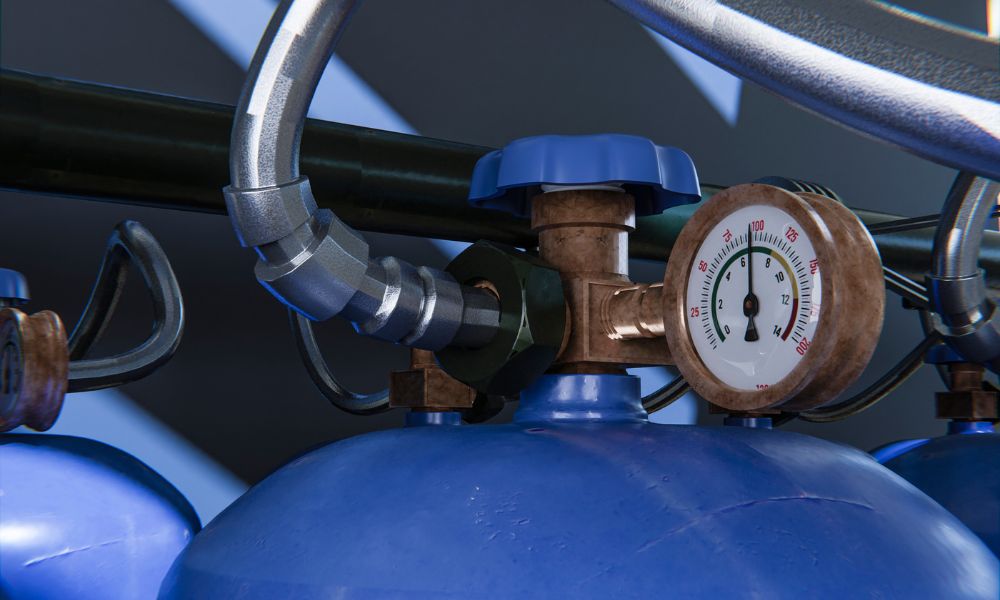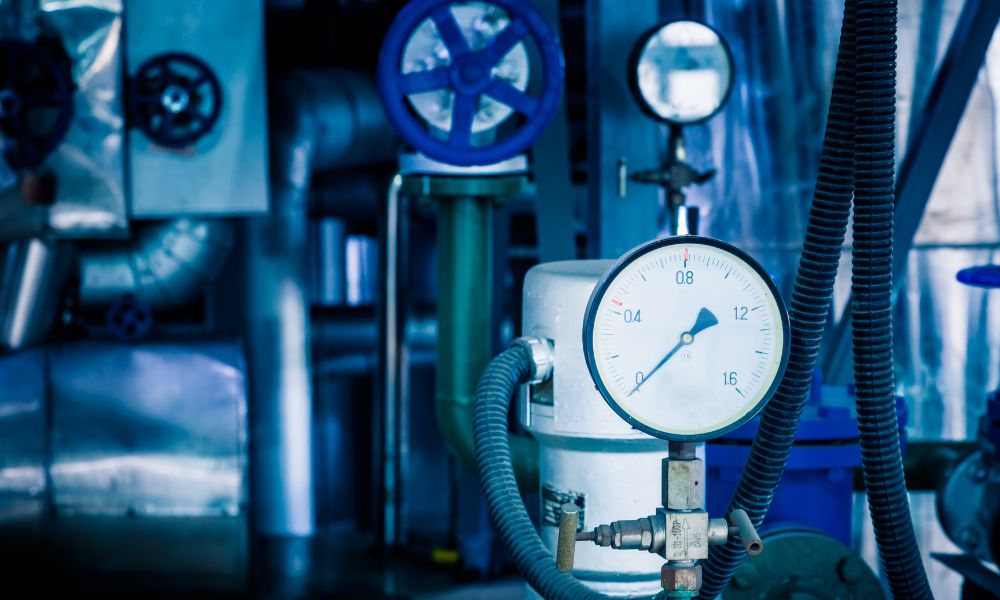Imagine you’re out in your garden with a hose in your hand, unleashing a steady stream of water onto your plants. Have you ever been curious about how fast that water is actually moving? If there was a handy little device you could use to measure that flow, would you give it a try?
Well, guess what? There’s something precisely designed for this purpose: the pitot tube. In this post, we’re about to explore the fascinating universe of the pitot tube and, of course, the pitot tube pressure. Let’s begin, shall we?
What on Earth is a Pitot Tube?
If you’re picturing a sophisticated and complex piece of machinery, you’re in for a surprise. A pitot tube is actually quite simple. It’s a slender, elongated tube designed to measure the velocity of fluid flow, like that of water in our hoses. So, when you’re trying to determine the speed of water spouting out of a nozzle or flowing through a pipeline, the pitot tube is your go-to instrument.
At its core, the pitot tube has an opening at its front end. This opening faces the fluid flow and measures something intriguingly called the “stagnation pressure”. Now, before you get lost in technical jargon, let’s break it down. Stagnation pressure is just a fancy term for the sum of the fluid’s static pressure and its dynamic pressure (from its motion).
The Magic Behind Pitot Tube Pressure
Here’s where things get exciting. The pitot tube pressure is the difference between the stagnation pressure and the static pressure. In simpler terms, it’s the pressure caused by the flow speed of the fluid. So, whenever you’re talking about how fast water is flowing, you’re indirectly discussing pitot tube pressure.
But how does the tube measure this pressure? Inside the pitot tube, there are two chambers: one to measure the static pressure and the other to capture the stagnation pressure. The difference between these two gives us the pitot tube pressure. Think of it like a mini lab test for your water, right within that slender tube.
The Pitot Tube in Water Flow Tests
When it comes to water flow tests, precision is the name of the game. Water flow tests serve as the backbone for many industries and municipal applications. Ensuring accurate flow can mean saving costs, optimizing performance, and ensuring safety. At the heart of these precise measurements? The pitot tube.
By measuring pitot tube pressure, industries can deduce the exact velocity of water flow. This is not just about numbers on a chart; it’s about real-world applications.
For example, in firefighting, knowing the precise water flow can be pivotal. It determines the force and the reach of the water jet, which can be crucial in high-stakes rescue situations.
Similarly, in water treatment plants, understanding water flow can influence the treatment process. Too fast, and the water might not get treated adequately. Too slow, and there could be operational inefficiencies. The pitot tube acts as the guardian, ensuring everything is flowing just as it should.
How Pitot Tubes Have Revolutionized Flow Measurements
Before the pitot tube’s invention, measuring fluid flows was more art than science. Estimations ruled the day, and while they did the job, there was a vast room for error. However, with the introduction of the pitot tube, an era of precision dawned.
By offering accurate pitot tube pressure readings, industries could now tweak their operations down to the minutest detail. Think of it as having a high-resolution microscope when everyone else is using magnifying glasses. Whether it’s the oil and gas industry, where flow rates can affect refining processes, or agriculture, where irrigation systems’ efficiency can be monitored, the pitot tube has proven indispensable.
Moreover, from a research perspective, these tubes allow scientists and engineers to understand fluid behavior better. Such insights pave the way for technological advancements, innovative solutions, and a deeper understanding of fluid mechanics as a whole.
Tips and Tricks for Using a Pitot Tube
The pitot tube might appear deceptively simple, but using it effectively requires a mix of technique and knowledge. Let’s dive into some pro tips:
- Position matters. Aligning your tube correctly is essential. If the tube isn’t aligned with the flow, your readings can go haywire. It’s like trying to measure wind speed with a windsock that’s pointing in the wrong direction.
- Cleanliness is key. The tube’s opening should be free of obstructions. Imagine trying to drink from a straw that’s clogged. You wouldn’t get the full flow, would you? The same principle applies to the pitot tube.
- Take multiple readings. The fluid flow isn’t always consistent, especially in turbulent conditions. By taking multiple pitot tube pressure readings, you can average them out, leading to a more reliable result. Think of it as getting a second, third, or even fourth opinion.
- Understand the environment. Different conditions, like temperature and altitude, can influence the fluid’s properties and consequently, the readings. Being aware of these can help in calibrating and interpreting the data more effectively.
The Environmental and Sustainable Side of Pitot Tube Pressure
With rising environmental concerns and a global shift towards sustainable practices, every bit of resource conservation counts. Pitot tubes, with their precise flow measurements, inadvertently champion this cause.
By offering accurate pitot tube pressure readings, industries can reduce wastage. For instance, in industries where water is a primary resource, overflows, and leakages can be identified and rectified. This not only saves costs but conserves a precious resource.
Furthermore, in the era of sustainable energy, hydropower plants rely heavily on water flow measurements to optimize power generation. Here, pitot tubes play a pivotal role in ensuring that the turbines run at optimal speeds, contributing to green energy production with https://www.nemfg.com/.
Finally, in ecological research, understanding water flows in natural habitats can offer insights into aquatic life health, migrations, and breeding patterns. In this subtle way, pitot tube measurements contribute to ecological conservation and research.
Conclusion
The pitot tube, with its ability to measure pitot tube pressure, might seem like just another instrument in the vast world of fluid mechanics. But its impact is profound. From our gardens to giant industries, from safety to sustainability, this modest tube plays an integral role.
So the next time you see water flowing, just remember there’s a world of science, precision, and environmental consciousness flowing right with it.
Read More:
Illuminating a Brighter Future for African Communities

